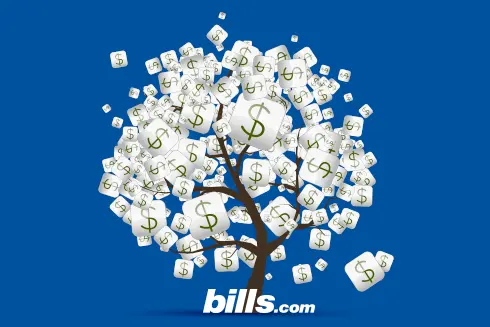
Get rid of your debt faster with debt relief
Choose your debt amount
Or speak to a debt consultant 844-731-0836
- Know your rights if your wages are being garnished.
- Learn how a judgment can lead to a lien or bank levy.
- Make sure the amount garnished does not exceed legal limits.
- Start your FREE debt assessment
If my paycheck is garnished, do they have to leave me enough to live on?
I have a wage garnishment that was just levied by the court. My next paycheck will be when the garnishment starts, as my employer received the order on July 20th, 2010. My total earnings weekly, monthly, currently fall below the Federal Law, maximum amounts to be garnished in the state of CA. Is it automatic that the employer can not take any monies from my pay or do I have to file something stating my income is to low at this time for garnishment? If so, what, when and how?
A certain amount of income is exempt from attachment in a wage garnishment. The amount exempt varies by state. It makes a difference who is levying your paycheck. The amount that can be levied can also vary who is trying to collect from you. For instance, the IRS can take a larger percentage of someone’s income than an unsecured creditor, but even the IRS leaves a certain portion of a person’s income exempt from a levy.
A wage levy is not the only way a creditor can enforce a judgment. You want to make sure you know about bank levies and liens. Here is more detailed information about wage garnishments.
California Wage Garnishment
You mentioned you reside in California. California, like many states, follows federal law in terms of the maximum amount that can be garnished. Under federal law, the lesser of the following may be garnished:
- The amount by which a debtor’s weekly income is greater than 30 times the minimum wage. The current minimum wage is $7.25 an hour, making the 30 hour weekly total $217.50. This leaves the debtor with something to live on, though it clearly can be less than is needed to meet minimum obligations.
- 25% of disposable income. Disposable income is defined as the income that is left after all legally required deductions are taken from a person’s paycheck. This include Federal and State Taxes, FICA, State Unemployment and Disability Taxes , with "disposable income" defined as income left after legally required deductions from a person’s paycheck, such as FICA. Other obligations, such as voluntary contributions to retirement accounts, deductions for medical, dental or vision insurance, or contribution to a Medical Savings Account are not exempt and will be considered part of the disposable income.
This formula applies to most debts. As I mentioned above, some creditors are able to garnish at a higher rate. For instance, the IRS can garnish at a more severe level, as can a garnishment for delinquent child support.
Examine the detailed federal rules regarding garnishment in the Dept. of Labor's The Federal Wage Garnishment Law, Consumer Credit Protection Act's Title 3 (PDF), which includes a chart that lays out the legal limits of the garnishment. See also the Public Counsel document Wage Garnishment: A Guide to Understanding Court-Ordered Wage Garnishment and Your Options (PDF) to learn about California's garnishment rules.
In California, judgment-debtors who are about to have their wages garnished should read California form WG-003 (PDF) and then complete form WG-006 (PDF) to apply for an exemption. Do so immediately — a wage garnishment is much easier to prevent than unwind if you are exempt from garnishment.
I hope this information helps you Find. Learn & Save.
Best,
Bill

Get rid of your debt faster with debt relief
Take the first step towards a debt-free life with personalized debt reduction strategies.
Choose your debt amount
Or speak to a debt consultant 844-731-0836
10 Comments
p.s. My dad's take-home pay was $1,200 bi-weekly and these garnishments are taking $600 of it. My mom gets SSI, and she receives only $1,000 on the 3rd of each MONTH. Anyone know of any kind of help?
p.s.s. We tried going to Social Services but because the gross income for my dad looks so good we don't qualify. They don't understand that we don't see any of the $1,200 anymore because of the garnishments.
If the creditor pursues legal action against you as a California resident, or chooses to domesticate an Ohio judgment in California, California wage garnishment rules apply. We outline California's rules in the original answer above.